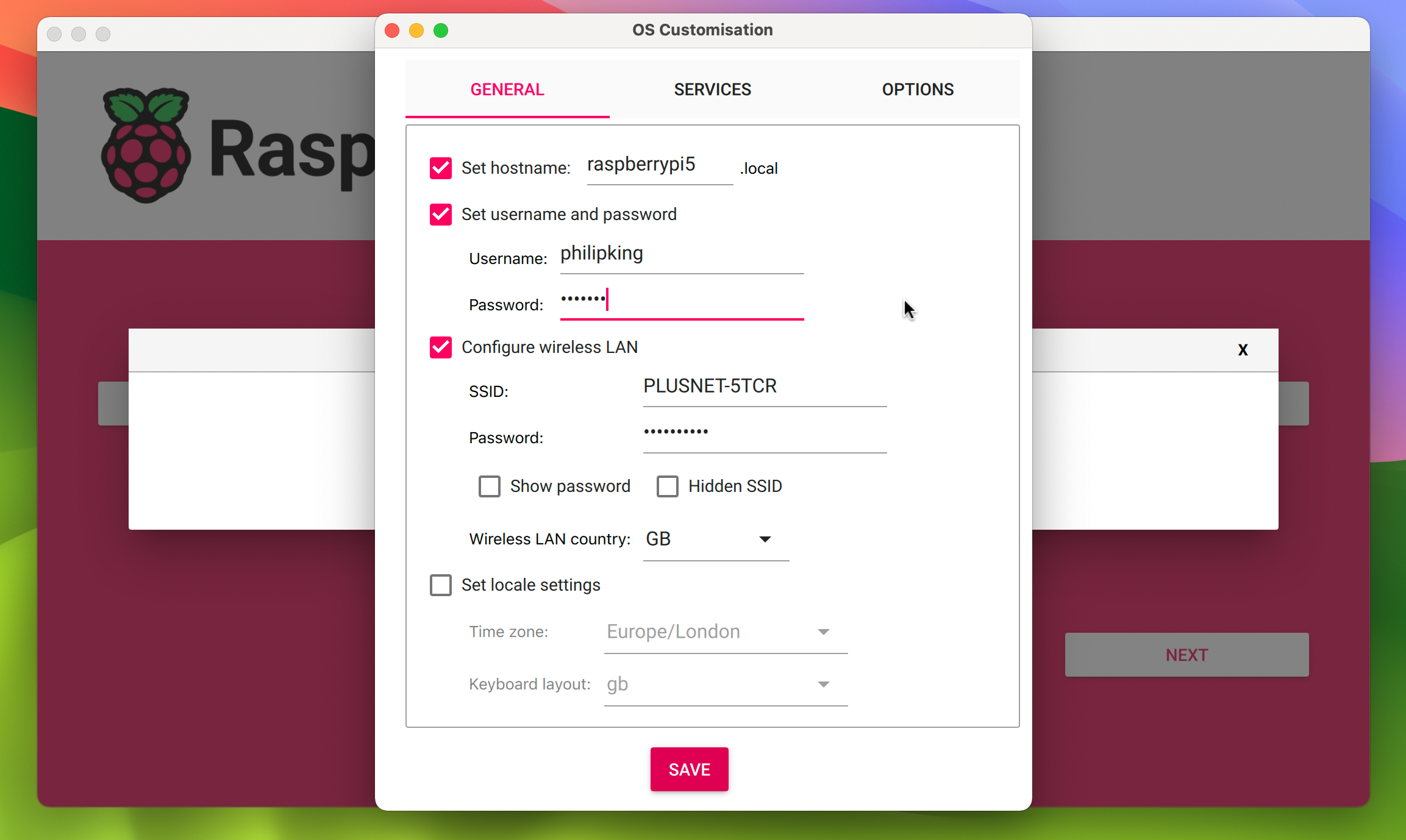I haven’t followed Kotaku for years. Did they give up on covering video games? Car manufacturing isn’t even adjacent.
- 0 Posts
- 5 Comments

 4·13 days ago
4·13 days agoAny reason you avoided the official Raspberry Pi Imager software? You really can just configure a headless OS all before flashing the SD card. Choose RPi OS lite from the list, then set up your hostname, username, password, wireless and turn on SSH service. Then all you have to do after flashing is plug in power and SSH in. None of this display troubleshooting would be needed.


 2·13 days ago
2·13 days agoTwo questions:
Do you have anything between the Pi and Display, like an HDMI switch? Sometimes the Pi incorrectly sets the display resolution if it can’t communicate with the display directly.
Did you use the Raspberry Pi Imager program? You can configure SSH and WiFi, before you even image to SD. It’s how I set up my headless stuff so I don’t have to futz with connecting displays.
It’s not about people trashing/selling old ThinkPads because Win10 support ended?


I made the mistake of trying Debian on a new system. While I will eventually transition to Debian for it’s stability, it’s glacial speed of change means that new hardware isn’t very compatible. I tried the half-step that was LMDE (Linux Mint Debian Edition) and even that was missing some support for my hardware. Not until I moved to Ubuntu-based Linux Mint did I finally have everything working, after some poking and prodding. I’m guessing once Debian Trixie comes out, I can test again.
You have to have more mature hardware if you go Debian. It’s not something I’d tell anyone to install on a new build.